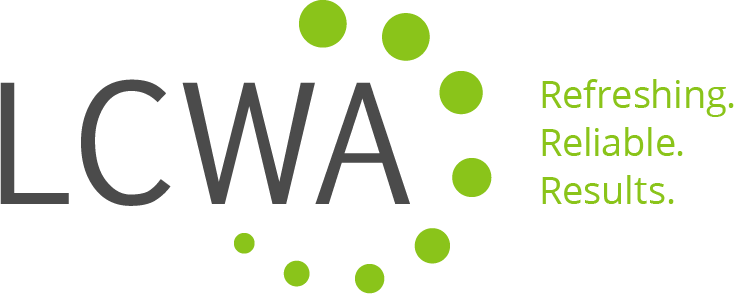October 31, 2019
 A gold star is a great way to denote a job well done. This applies to products, as well. Awards, “best of,” and “top of the top” lists are recognition for a great device and respect for innovation and quality. This recognition can give cachet within the industry, improve credibility with consumers and drive overall brand awareness.
A gold star is a great way to denote a job well done. This applies to products, as well. Awards, “best of,” and “top of the top” lists are recognition for a great device and respect for innovation and quality. This recognition can give cachet within the industry, improve credibility with consumers and drive overall brand awareness.To create a successful award program, here are three steps to consider:
Set the stage.
All award entries are not created equal, and there could be many that could fit your product. If there are not set parameters for your program, the list of possible awards could become a daunting prospect. It’s important to narrow the list. Consider your product’s audience. For a toy, this may be parents and children, while for an app it may be mobile developers. Once you have defined the target audience, it’s important to consider budget. There are typically costs for submitting a product award entry, and some can be quite costly. Additionally, winners will need to consider any add-ons as well. This could include logo usage on the website, a press release or even packaging.
Research award programs.
Once clear goals have been determined, it’s time to dig into the awards that fit for your product. When doing your evaluation, it’s critical to consider two types of submissions – product and editorial awards.
Product awards have a formal entry, criteria and evaluation process – typically along with a fee. Some well-known product awards include the Fast Company Innovation by Design Awards, the Good Design Awards and the CEPro Best Product Awards. Conversely, editorial awards or “best of” lists are more fluid – there may not be a formal submission form or application, however publication editors evaluate products and determine which are the best after a series of rigorous tests. The Good Housekeeping Seal of Approval is the most well known. Both editorial and product awards can still include add-on costs.
When evaluating awards, it’s important to consider what products won in the past. This can confirm if your product is a fit for the award, and ensure your time and budget are not wasted on an unlikely entry.
Crafting the submission.
After selecting awards that are the best fit for your product, the last step is handling the submission itself. The bulk of submissions are based on a written product description.
Each award program considers specific criteria. This can be as vague as if the product went to market that year, or specific questions such as “Did the product meet an unmet need?” Each entry should be handled as a unique submission, catering the product for the specific award submission criteria. While the product may be the same, it’s best to hark on different values to promote how it is innovative, impacting the end user or different than existing products.
If you put the right tools in place with robust goals, research and submissions, then your award program will be on the right path to finish strong!
